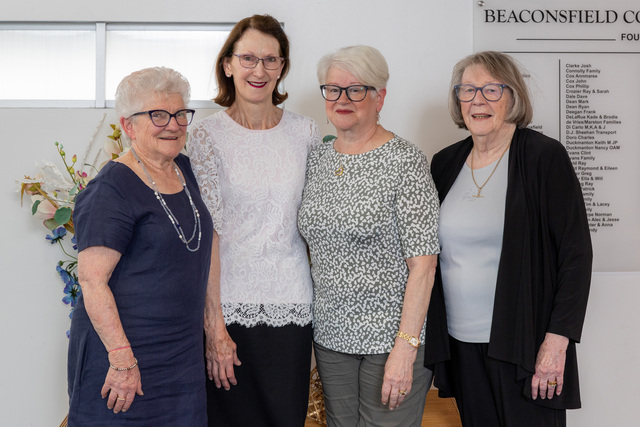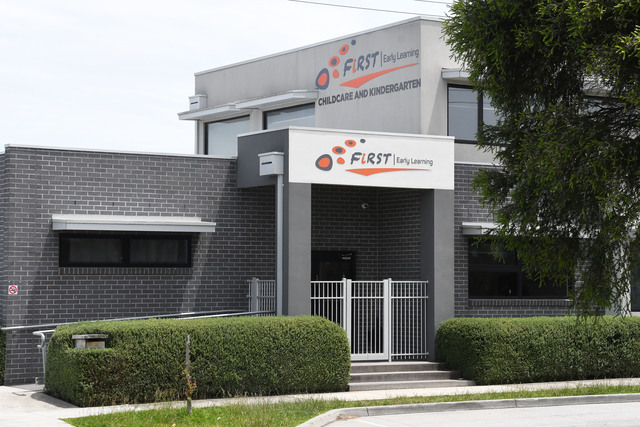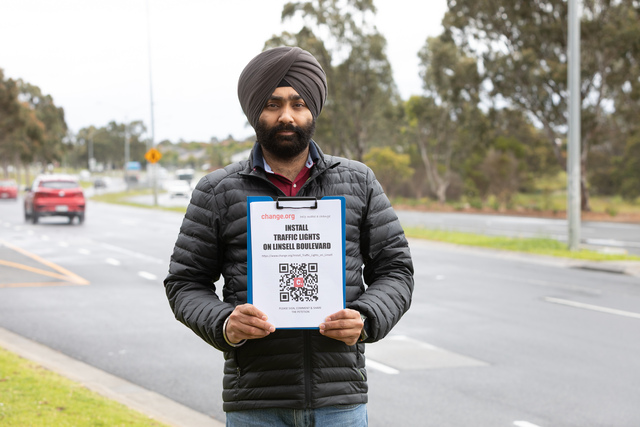By Kelly Yates
NARRE Warren, Berwick and Cranbourne have been bumped off Victoria Police’s top 10 hoon suburbs.
With St Albans, Werribee and Hoppers Crossing taking out the top spots, Narre Warren was ranked the 12th area where hoons resided, followed by Berwick at 16th and Cranbourne at 20th.
In the past, a number of Casey suburbs have made it to the top 10 list.
Casey Highway Patrol Sergeant Pat McGavigan said he felt better knowing Casey suburbs were going down the list.
“But there’s still a long way to go,” he said. “And we will continue to target those doing the wrong thing.”
Statistics were released last week, following news that police will begin destroying hoon vehicles seized under legislation in a bid to remove unsafe cars and motorcycles from the road.
Sgt McGavigan has welcomed the changes.
“Those who do nothing wrong will have nothing to fear,” he said.
Under the present legislation, which was introduced four years ago, police are able to apply to the courts to permanently seize a vehicle which has been impounded three or more times. Previously, these cars have been sold back into the community with funds injected into road safety initiatives.
Now, when a vehicle is deemed unroadworthy, unsafe or does not meet a minimum four-star safety standard, it will be given to the State Emergency Service (SES) for training purposes, before being destroyed.
Deputy Commissioner for Road Policing Ken Lay said vehicles which have an acceptable safety rating will continue to be sold.
“This is not only about sending a message to hoons, it is about creating safer roads,” Mr Lay said.
Decisions on which cars will be resold to the community will take a number of factors into consideration, such as the Used Car Safety Rating (UCSR) developed by Monash University Accident Research Centre (MUARC), as well as the condition of the vehicle and any modifications.
Mr Lay also welcomed proposed changes to the hoon legislation, which will see the period of vehicle impoundments extended and for a wider range of offences, including repeat offences of unlicensed driving and alcohol-affected and drug drivers.
Under the proposal, first time hoon offenders could have their vehicle impounded or immobilised for a week, up from 48 hours, and second time offenders will face an impoundment of an immediate 28 days.
Third time offenders face the likelihood they will lose their vehicle forever. The amendments will also allow police to immobilise cars by fitting a steering wheel lock.
“What we know is impounding hoon vehicles is having an impact,” Mr Lay said.
Almost 11,500 vehicles have been impounded in the four years since hoon legislation was introduced.
P-platers are over-represented in the figures, making up 40 per cent of all vehicles impounded.
Young drivers, who accounted for 23 per cent of last year’s road toll, have proved to be the biggest hoons with 59 per cent of all offending drivers aged between 18 and 25.
“What people in these areas need to understand is that if they choose to act like a hoon, there’s a very good chance they’ll either end up impounded, in a collision, or dead,” Mr Lay said.
“It’s as simple as that.”
A welcome drop
Digital Editions
-

St John auxiliary marks long legacy of support
Purchase this photo from Pic Store: 517897 St John of God Berwick Hospital Auxiliary recently held their Christmas lunch to mark continued support over several…





